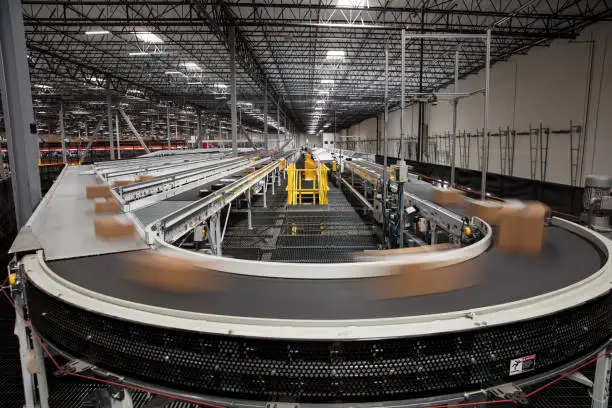How To Fix DNS Server Not Responding Windows 10
All the user requests of IP addresses are contained in the DNS, that is, the Domain Name System, so, if your DNS server is not responding, then how will you load a page on your device? To prevent you from this hectic, here is a guide on how to fix DNS Server not responding Windows 10.
To fix the DNS server not responding on your Windows 10, you should first switch to another web browser and see if the problem still persists. If it does, then you will need to disable your Antivirus firewall on the PC. if this method also doesn’t work, you should try changing your DNS server.
The reason why a DNS server stops responding is commonly one of these two: due to phishing malware, or not having enough cache memory. But, there is nothing to worry about this because there are workarounds that can get you rid of this error on your PC or Laptop.
So, are you ready to find out all the major solutions that will definitely work to fix your DNS server not responding error on Windows 10?
Also read: How to fix outdated server on Minecraft?
How To fix DNS Server Not Responding Windows 10?
Let us check out a few methods that will successfully fix your problem of the DNS server not responding on your Windows 10 PC or laptop.
1. Turn Off The Antivirus Firewall
It could be that the antivirus firewall you have set up on your PC is not allowing your web browser to load any of the external data. The only way to resolve this issue is by disabling the antivirus firewall.
Here are the steps to do the same:
1. Click on the Start Button on your Desktop and search “Windows Defender Firewall”, and select the option.
2. On the window that will open, click on the “Allow an app or feature through the Windows Defender Firewall” option.
3. Now, on the Allowed Apps window on the screen, click on the “Change Settings” button.
4. Then look for the browser you use and tick both the blank columns next to it.
5. You can now reload the page on your browser and it is likely to open immediately.
2. Choose Another Web Browser
If the above method still did not resolve the error of your DNS not responding, you can just switch to another web browser on your PC. Another thing you can do is update the default browser that you normally use, otherwise using a different web browser for loading the page would be a better option.
Also read: How to solve PS4 DNS error?
3. Change The DNS Server
Due to a lot of traffic on your router, the DNS server can stop responding and you will view the error. But this can be resolved if you use a DNS server other than the public DNS servers that google provides. Below are the steps that you can follow for this purpose:
1. Click on the Start Button and type Control Panel in the search bar. Select the option that will appear.
2. On the Control Panel window, select “Network and Internet”.
3. This will display a dialog box on your screen from where you have to select the “Network and Sharing Center” option.
4. In the new dialog box, select the “Ethernet” option and then click on Properties in the next dialog box.
5. Then, scroll through the list and click on “Internet Protocol Version 4” or “IPv4” and then select the properties button.
6. Then, on the next dialog box, type “8.8.8.8” in the “Preferred DNS server” option, and “8.8.4.4” in the Alternate DNS server option.
7. Click on “Validate Settings Upon Exit” and then select the “OK” button.
Once you have followed all the above steps properly, you can reload your web browser and you won’t find that error.
4. Clear The DNS Cache
Most of the troubles with any app can be removed by just clearing the cache. So, if there is too much Cache memory in your DNS, then such an error is liable to appear. For solving this, you will need to clear the DNS cache memory to free up enough space, and here is the procedure for the same.
1. Click on the Start button on your Windows 10 and type “Command Prompt” in the search bar. Select the option.
2. Then type “ipconfig/flushdns” in the command prompt which will clear all your DNS cache.
That’s it, the cache has been cleared and you will be able to load the page on your web browser that was previously showing the DNS error.
Wrap Up
So, from now on, when you load a page on your web browser and it says “No Internet” while you are already connected to an active internet connection, you must know that it is an error from the DNS server, and now that you have read this article, you will already be aware of the methods to fix it
Muskan, has her awesome manner of telling things about herself without bragging too much. Video games have always been a part of her life. She has enjoyed a plethora of console, pc and online games. She is a wizard from the gaming world.


